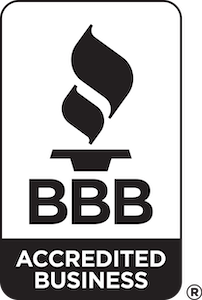Kern-Clifton Roll
1903 - 1906

The Kern-Clifton Roll was created between 1903 and 1906 to document and verify the Cherokee Freedmen—formerly enslaved African Americans who had been held in bondage by members of the Cherokee Nation—and their descendants. Its primary purpose was to determine eligibility for land allotments and benefits as part of the Dawes Commission under the Curtis Act of 1898.
- After the Civil War, the Treaty of 1866 between the U.S. government and the Cherokee Nation granted Freedmen full tribal citizenship and rights to Cherokee lands and resources.
- The Dawes Act (1887) and Curtis Act (1898) sought to divide tribal lands into individual allotments, requiring rolls to determine eligibility.
- The Kern-Clifton Roll, named after James Kern and Frank Clifton, was prepared specifically to verify the eligibility of Cherokee Freedmen for these land allotments.
Who It Covers:
- Cherokee Freedmen: Formerly enslaved African Americans who lived within the Cherokee Nation before and after the Civil War.
- Descendants of Cherokee Freedmen who were eligible for citizenship and land allotments under the Dawes Commission.
- The roll contains information such as: Name, Age, Gender, Family relationships (parent/child/spouse), Residences within the Cherokee Nation, Status as a Freedman or descendant, Supporting documents often include applications, testimonies, and affidavits.
- Exclusions: Some eligible individuals may not have been recorded due to missing documentation or administrative errors.
- Superseded by the Dawes Roll (1898–1914): While the Kern-Clifton Roll focused specifically on Freedmen, the Dawes Roll eventually became the authoritative record for tribal membership and land allotments.


